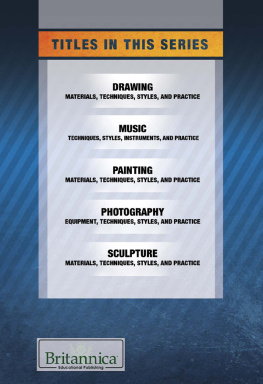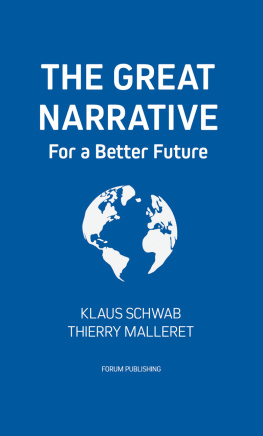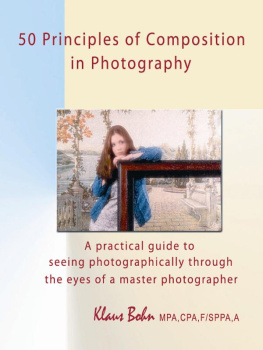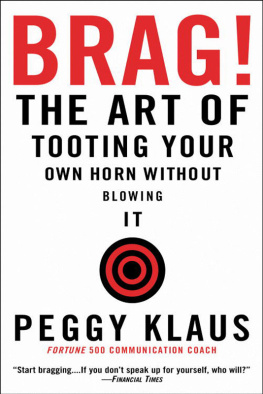Table of Contents

Legacy
and
Illusions
Abstract and Artistic Photography
by
Klaus Bohn, MPA, F/SPPA, A
Feeling more deeply about photography
www.photographicartvictoria.com
CCB Publishing
British Columbia, Canada
Legacy and Illusions: Abstract and Artistic Photography
Copyright 2012 by Klaus Bohn, MPA, F/SPPA, A
ISBN-13: 978-1-927360-20-0
First Edition
Library and Archives Canada Cataloguing in Publication
Bohn, Klaus
Legacy and illusions [electronic resource] : abstract and artistic photography / by Klaus Bohn.
Electronic monograph in PDF format.
ISBN 978-1-927360-20-0
Also available in print format.
1. Photography, Artistic. 2. Photography, Abstract. 3. Composition (Photography). I. Title. II. Title: Abstract and artistic photography.
TR642.B64 2012 771 C2012-901567-9
Extreme care has been taken to ensure that all information presented in this book is accurate and up to date at the time of publishing. Neither the author nor the publisher can be held responsible for any errors or omissions. Additionally, neither is any liability assumed for damages resulting from the use of the information contained herein.
All rights reserved. No part of this publication may be reproduced, stored in a retrieval system or transmitted in any form or by any means, electronic, mechanical, photocopying, recording or otherwise without the express written permission of the publisher.
Publisher:
CCB Publishing
British Columbia, Canada
www.ccbpublishing.com
I dedicate this book
To those who have made a difference in photography
This includes those who are known and have made a difference, and those who have shared one-to-one with other photographers; not as famous or well-known, and yet made a difference in kind those who will make a difference to the art of photography.
Photography is a growing art and yet the reality is still the same. It wont matter if an image was made by Ansel Adams long ago. The longevity of its beauty is still the same. To study and learn from the past has a present influence and a future benefit to the art of photography. We can learn by studying their books, like the ones by Erving Penn or Richard Avedon. They were perhaps controversial in their day, and yet now we value them for their input to our current day photography; history becomes our teacher and the present will become the past. May we value the past, the greats.
Yousuf Karshs work has a profound influence on portraiture with a message in the expressions of the famous and not so famous. His photographs have a stunning effect for us even today, and will last into tomorrow. For this cause we learn from others, and the greats as our mentors, to influence our own work to pass on to our clients even if it isnt known to them. I long to savour their talents, their ability and creativity on my work, may it last in such a way to pass it on everlasting. May it be our burning desire to leave an imprint from our work in this world!
Klaus Bohn
Other books by Klaus Bohn
50 Principles of Composition in Photograph
Published 2006
Fantastic book!
Clay Blackmore Photographer LLC
The Art Within Portrait Photography
Published 2007
Klaus produced a great body of work, and has also developed the talent to put into words the deeper meaning of his photographs.
Ken Whitmire, M.Photog., CR, FASP
Giclee Prints by Klaus Bohn
Giclee prints of the images presented in this book may be purchased directly through Klaus Bohns web site:
www.photographicartvictoria.com
Foreword
I have known Klaus since I was in high school back in 1983. I had a huge love for photography and wanted to learn as much as I could from him. I took several classes from Klaus and spent many hours at his studio in Moose Jaw. Klaus became more than a teacher, he became my friend and mentor.
Klaus taught me much more than photography, he taught me how to think. As my life has evolved from photographer to business owner to hairstylist to husband to a father, Klaus teachings have been very influential.
Over the almost three decades I have known Klaus his life has seen many twists and turns in the road but the core of the man, his very essence, has not changed. He thinks on a different plane than most people do. Even though I am not creating many images these days I have purchased all of Klaus books. His teachings go beyond photography; I still use his teachings in cutting hair and other aspects of my life every day.
Allow Klaus teachings in, dont accept or reject, just let them in.
Shawn Dreger
Preface
Artistic Perception and Interpretation
Concealed Illusions The Photographers Unknown Resource
Ninety-five percent of everything we do is unconscious. Consider this for a moment. We eat, dress, drive, and perform hundreds of other daily activities without much conscious thought at all. Its like were on autopilot. Our actions and reactions, likes and dislikes, and most of our decision-making operate at this unconscious level.
Most lifelong patterns are imprinted on our subconscious minds at a very young age, usually before seven. These patterns influence our thoughts and emotions. They colour how we perceive the world and our place in it. In essence, we have unconscious filters through which all incoming sensual data are processed.
How does all of this apply to you as a photographer?
Although your conscious mind plays an important role in how and what you photograph or edit, your subconscious patterns play a far greater role than you might realize. When you concentrate on a subject, you may or may not notice the smells and sounds around you. And you are certainly not aware of what your peripheral vision is picking up. In fact, your subconscious mind is pulling in millions of bits of information every second. Most is discarded, but much of it is processed through those filters mentioned above.
These unobserved inputs are constantly swaying your choices of f-stop, composition, angle, focus, cropping, and hundreds of other essentials. As a professional, you make many of these decisions instantly.
Cognitive & Perceptive Cycles
There is a biorhythm that operates 24/7 in our body known as the Basic Rest-Activity Cycle (BRAC). While some biological cycles last for many days, the BRAC oscillates consistently at between 90 and 120 minutes. During the Active phase of the cycle, we tend to be more logical, more detail-oriented, and take a black and white (all or nothing) approach to everything. Conversely, the Rest segment is typified by being holistic, creative, and we like to consider the big picture.
So, how does this influence taking or editing that photo? Just being aware of this psychological cycle, you will be better equipped to know what biases are influencing your decisions. Whether setting up a shot or editing, you may be either logical and rational on one extreme, or highly creative and imaginative on the other. Of course, you may also be between cycles. Do what you have to do, and then give it a review in another thirty minutes. You will be critiquing the job with a new mind!
Are you Visual, Auditory, or Kinesthetic?
Although each of us is a blend of these three profiles, some people live, learn, and communicate in a dominant one. Since youre a photographer, you must have some visual tendencies. If you also happen to be somewhat kinesthetic, a hands-on approach will be evident in how you view and ultimately present your subject matter. A kinesthetic inclination might also include emotional considerations. Being aware of your unique style will enhance your decision making, whether conscious or unconscious.
Next page








